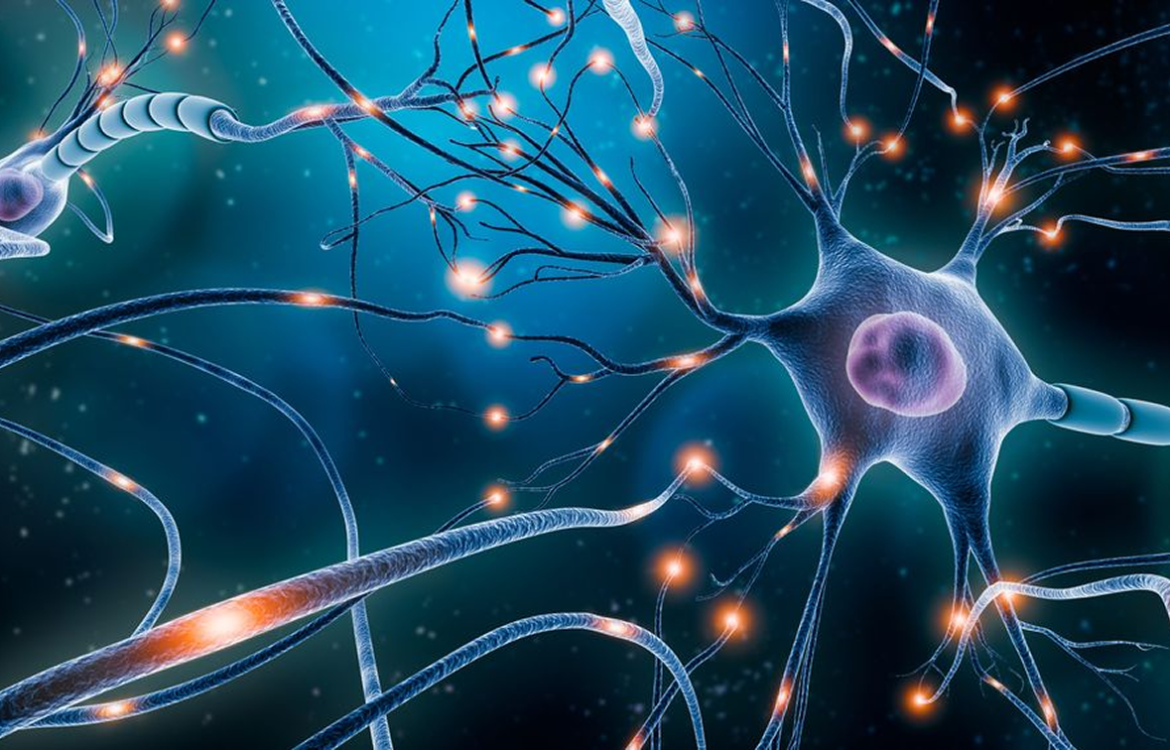Neuroplasticity and Brain Health in Older Adults
With the UK’s ageing population, preventing cognitive decline is a public health priority. Neuroplasticity plays a critical role in conditions like dementia and stroke recovery. Research shows that stimulating environments and rehabilitative therapies can improve function and quality of life even after brain injury.
Advertising
The NHS offers cognitive rehabilitation programs and recommends activities that promote brain health, underscoring that it’s never too late to benefit from neuroplasticity.
Limitations and Myths
While neuroplasticity is promising, it is not a magic bullet. Brain training apps and quick fixes often overpromise results. Effective plasticity requires consistent effort, motivation, and variety in mental challenges.
Moreover, factors like genetics, overall health, sleep quality, and diet significantly influence neuroplastic potential.
The UK Context: Public Awareness and Initiatives
UK government and health organisations are increasingly promoting brain health through campaigns and research funding. Institutions like the Dementia Research Institute and Alzheimer’s Society advocate lifestyle changes supporting neuroplasticity.
Schools incorporate neuroscience-based teaching methods, and workplaces are exploring brain-friendly schedules and environments.
Future Directions: Technology and Neuroplasticity
Emerging technologies such as virtual reality, neurofeedback, and brain-computer interfaces hold potential to enhance neuroplasticity further. UK universities are at the forefront of developing these tools for education and rehabilitation.
Conclusion
Neuroplasticity offers an empowering message for people of all ages in the UK: the brain remains adaptable, capable of growth, and responsive to stimulation throughout life. By embracing lifelong learning, physical activity, mindfulness, and social connection, individuals can actively “train” their brains, enhancing cognitive function and mental wellbeing.
In a society facing demographic shifts and mental health challenges, understanding and harnessing neuroplasticity could be key to healthier, more vibrant communities—proving that when it comes to the brain, age truly is just a number.

